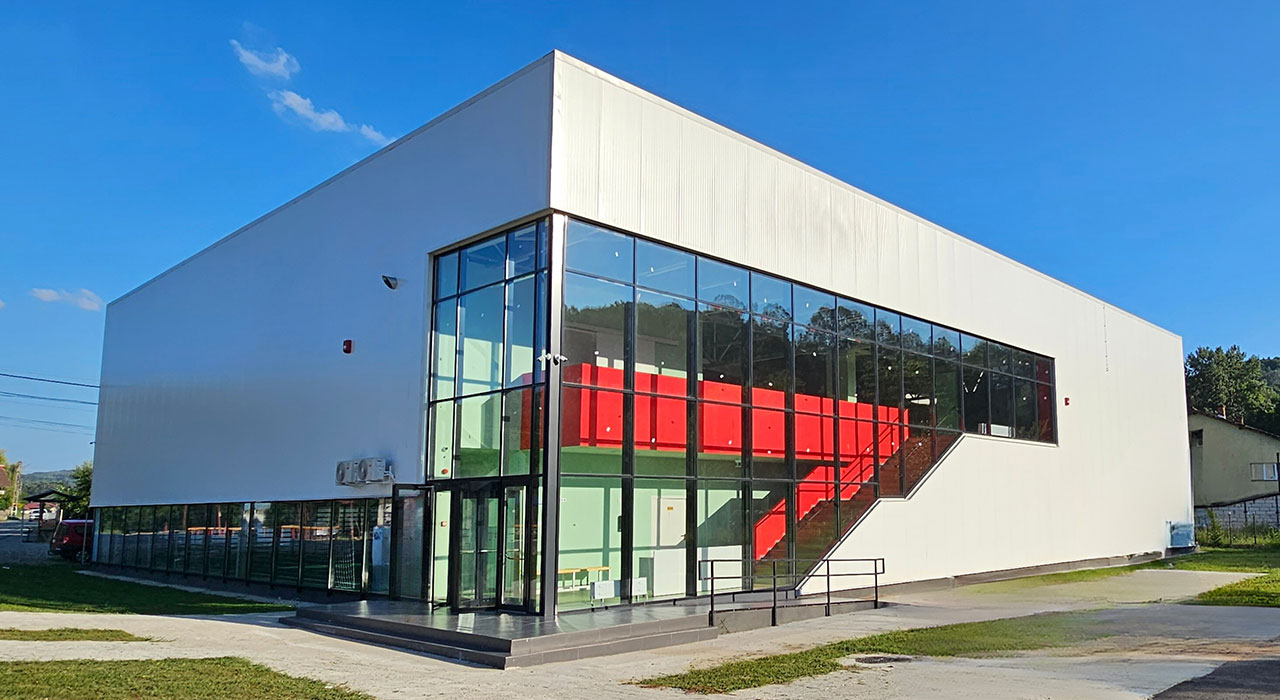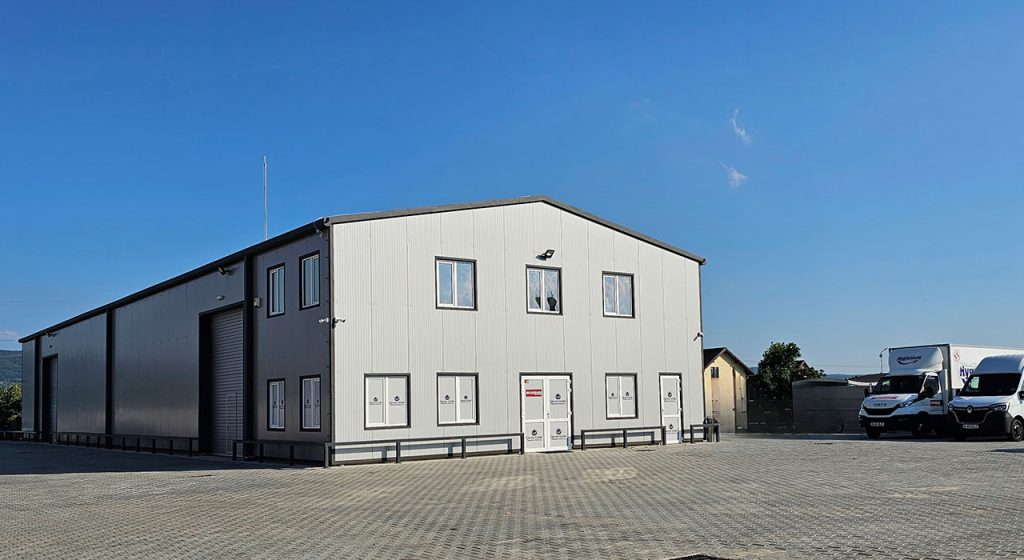
Are thermal insulation panels efficient in optimizing energy costs generated by heating or cooling buildings?
The construction industry has undergone impressive transformations throughout history, and currently this evolution continues at a sustained pace. If in the past the major challenges of the field concerned technological constraints or limited construction solutions, now it benefits from high-performance materials and a much reduced construction time thanks to thermal insulation panels. The ease with which these panels can be handled and installed has propelled them to the forefront of options when optimizing the construction process of any type of building is desired.
- What are thermal insulation panels?
- What is the applicability of insulation panels?
- How efficient are thermal insulation panels in reducing energy costs?
Today, when reducing energy costs associated with heating or cooling buildings is a priority for all consumers, whether individuals or legal entities, thermal insulation panels once again prove their efficiency, representing a sustainable option with multiple advantages. This article focuses on how thermal insulation panels contribute to reducing energy costs.
What are thermal insulation panels?
Sanwdich type thermal insulation panels represent a category of light construction materials with excellent insulating properties. They are composed of two metal, resistant, and durable faces, which protect an insulating layer of polyurethane (PUR) or polyisocyanurate (PIR) foam. These layers are efficiently arranged, like a sandwich, between the two metal faces (hence the popular name sandwich panels).
What is the applicability of these materials?
Thermal insulation panels are among the most versatile construction materials, offering a wide range of practical applications. They are ideal for industrial spaces, such as halls, logistics warehouses, production spaces, and factories. They are also successfully used in commercial environments, including showrooms, commercial centers, malls, sports halls, and even car washes. Agricultural spaces are not neglected either, where thermal insulation panels find use in farms, cold rooms, and spaces intended for livestock, such as stables and fodder storage spaces. In residential structures, they can be used for interior and exterior cladding of walls and roofs, interior partitioning, facades, tool sheds, or garages.

How efficient are thermal insulation panels in reducing energy costs?
The answer is found in the way the constitutive elements of a panel are assembled. By enclosing the PUR/PIR foam between the two metal faces, the thermal insulation panel (sandwich) becomes resistant to extreme heat and cold conditions. The materials these panels are made of contribute to increased energy efficiency, incorporating the qualities of each material: the metal faces increase the general resistance of the panel, while the core ensures good insulation both during summer, when temperatures rise, and during winter. Another benefit consists in their ability to efficiently conserve heat inside buildings. Due to the low thermal conductivity of these panels, interior temperatures remain stable, requiring less energy for heating or cooling. To exemplify this efficiency, we can consider the thermal insulation panel Top Wall 100 mm thick, produced by TOPANEL, which has a thermal conductivity of only 0.021 W/mK, compared to brick used in construction, which has a much higher thermal conductivity of 0.3 W/mK. This difference is also found in the thermal resistance of the materials, where panels with 100 mm PUR/PIR foam have a thermal resistance of 4.76 m²K/W. Thus, to obtain the same thermal resistance as a wall made of PUR/PIR foam panels with a thickness of 100 mm, a brick wall 14 times thicker would be necessary! Although the initial investment in thermal insulation panels may seem significant, the long-term benefits transform this choice into an extremely cost-effective decision. Through their ability to improve the energy efficiency of buildings, thermal insulation panels contribute to reducing operational costs over the years. The savings generated by reduced energy bills can quickly offset the initial cost of installing the panels. In conclusion, sandwich type thermal insulation panels represent an efficient and intelligent solution for improving the energy efficiency of buildings and reducing heating and cooling costs. They not only ensure improved thermal comfort but also bring significant economic and ecological benefits. Investing in thermal insulation panels not only reduces energy bills but also contributes to building a more sustainable future for the environment.